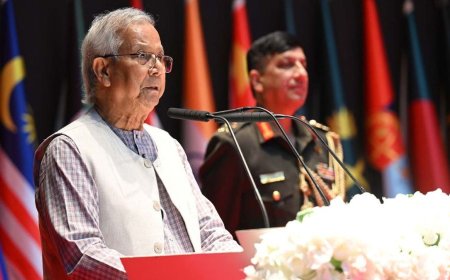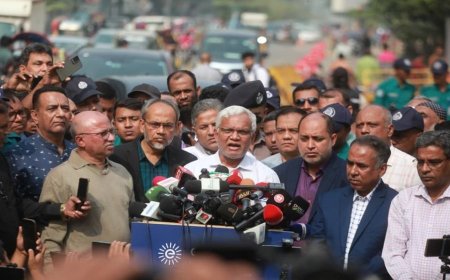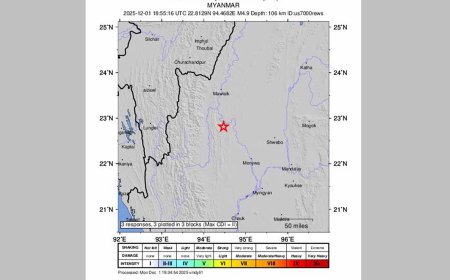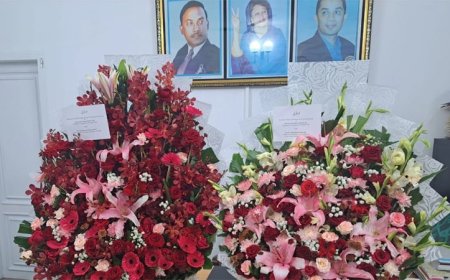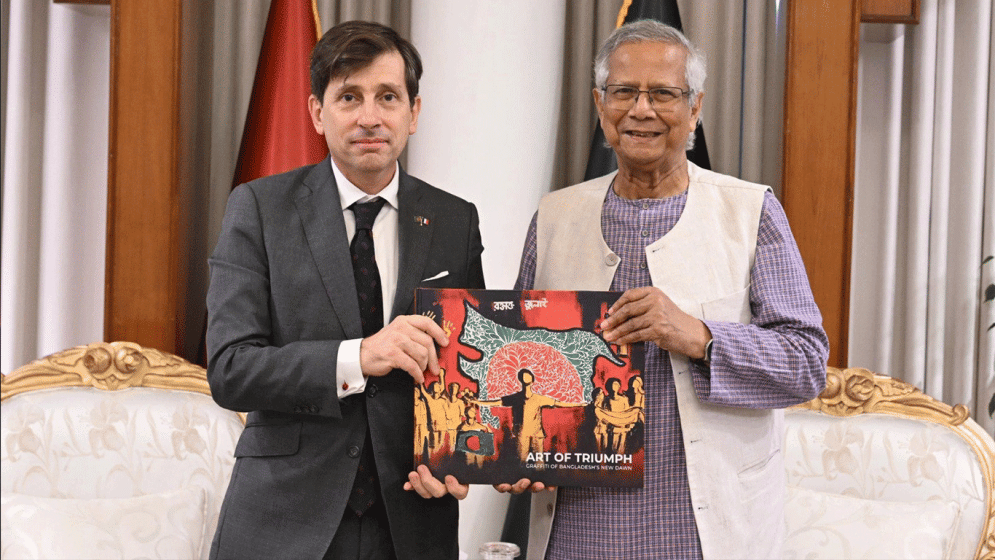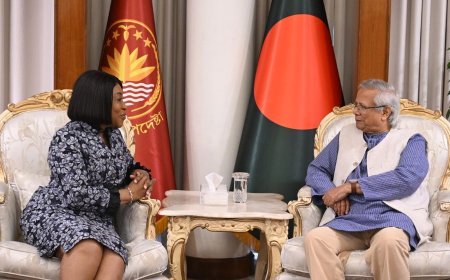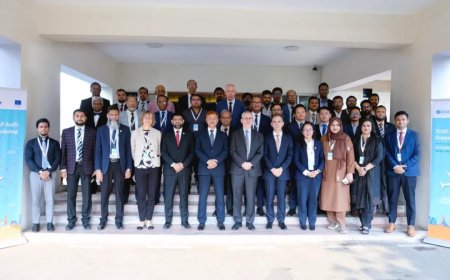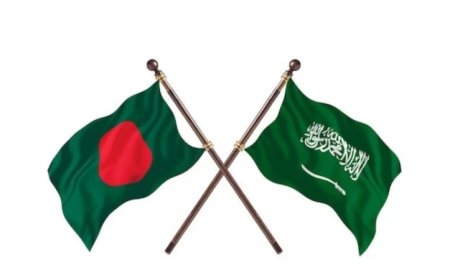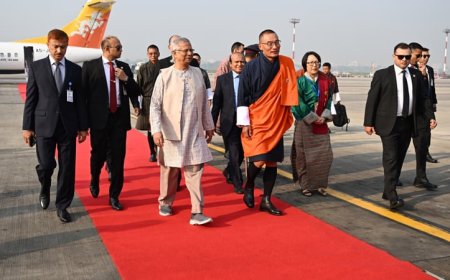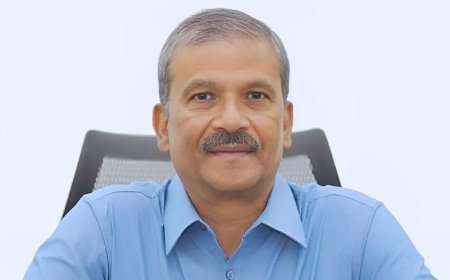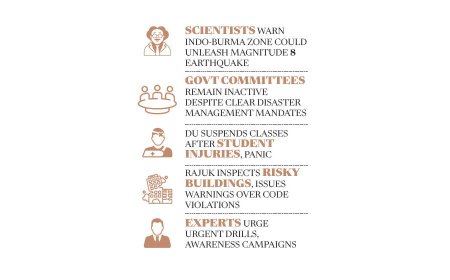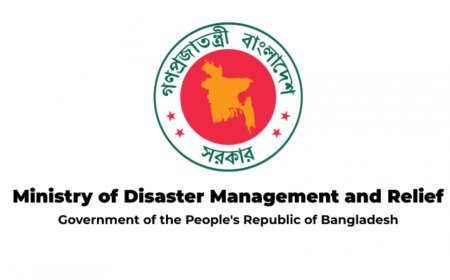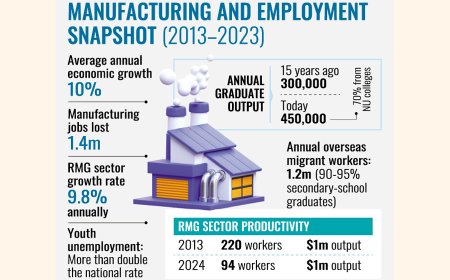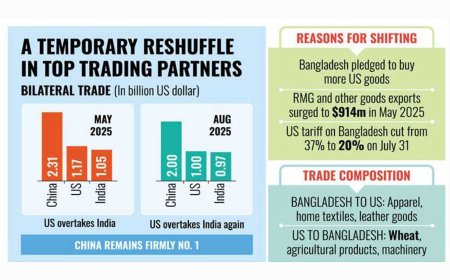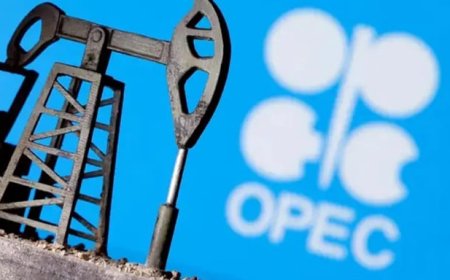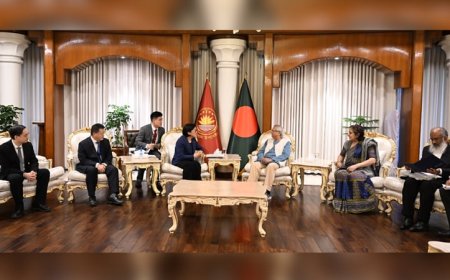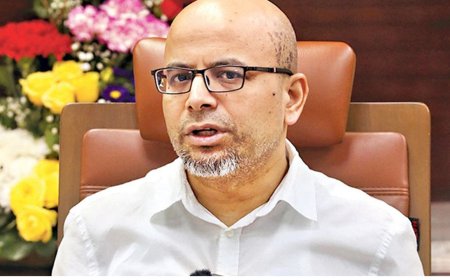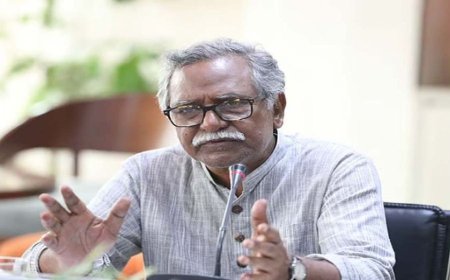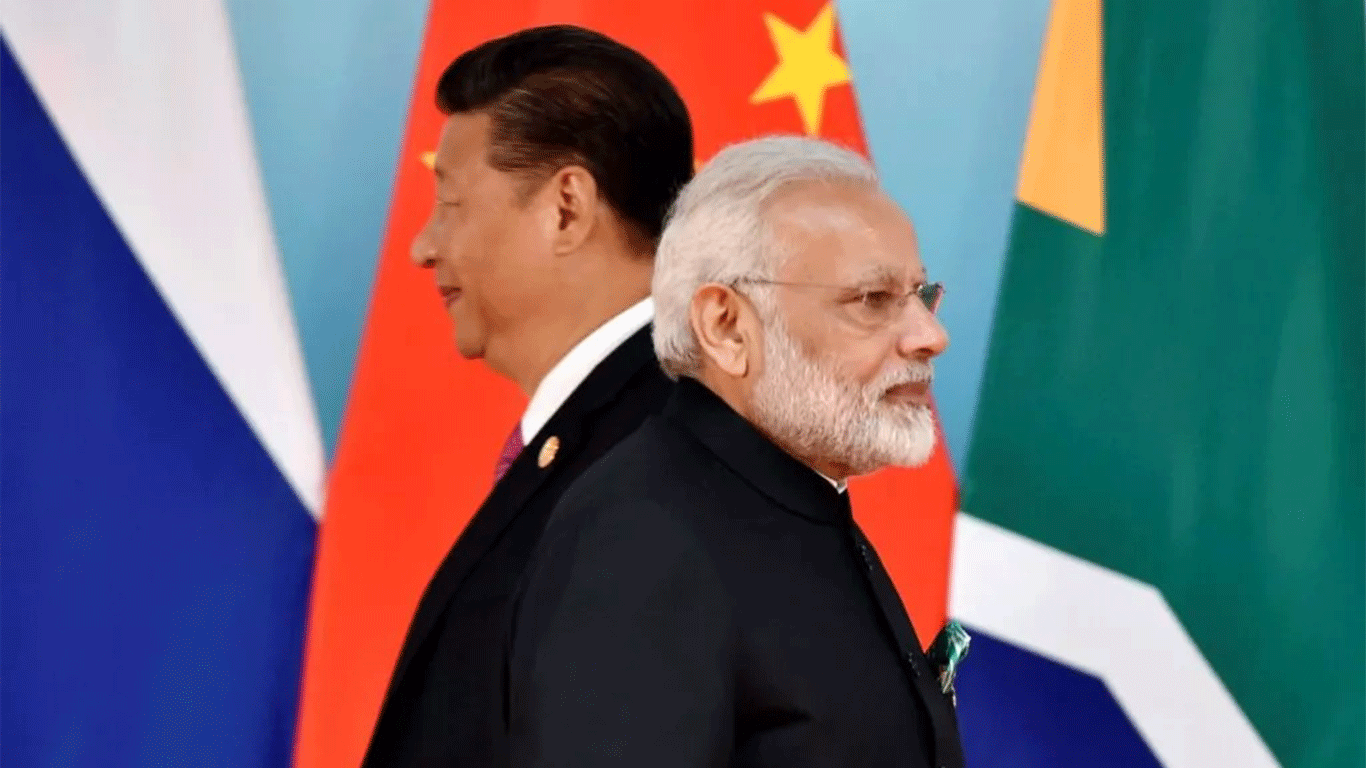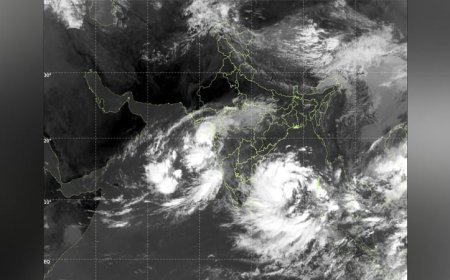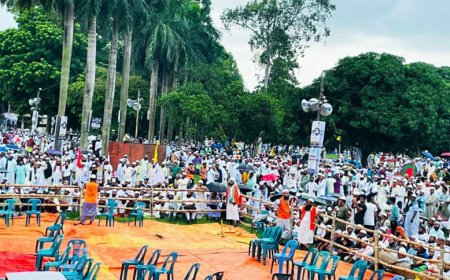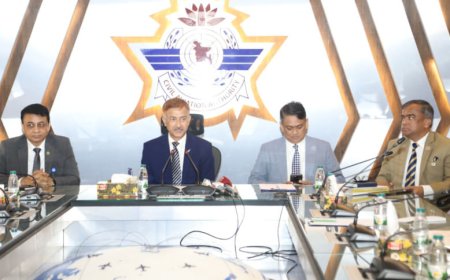The cornerstone for rebuilding Bangladesh
How does RMG factor in? This is the second installment in a three-part series.

Focus on the Garment Sector
The primary immediate priority should be the garment sector, as it offers the most promising avenue for increasing export earnings within the next three years, with potential for growth extending through the next decade. The goal should be to raise the RMG sector's growth rate to 10% by 2030, which, although ambitious, is essential for revitalizing the economy toward a steady 5-6% growth rate.
Enhancing Buyer Confidence
Buyer confidence hinges on strong performance, but it can be further solidified through closer engagement with senior government officials, such as the BB Governor and the Finance Adviser. Direct communication with these officials allows buyers to convey their challenges, reassuring them that their needs are being prioritized. While BGMEA maintains regular contact with buyers, internal competition within the organization sometimes impairs a clear assessment of buyer sentiment, which is currently low. Concerns around political stability, energy, and transportation further weaken confidence. To reverse this trend, coordinated action by BGMEA and the Ministry of Commerce is essential, as well as deeper buyer-government involvement to foster stronger confidence.
Addressing Energy Challenges
The garment sector faces significant challenges due to an unreliable energy supply. Many factories resort to costly diesel generators as an alternative. Ensuring a stable supply of grid power and reducing costs by enhancing grid management are critical solutions. Currently, excess capacity payments to private rental plants, due to inadequate capacity verification, contribute to inflated costs. Addressing overpayments could reduce expenses, with the possibility that excess payments might exceed a plant's value, allowing the PDB to potentially claim ownership.
Regular surveys of energy costs for factories can help monitor and identify cost-cutting measures. Energy sector reforms, including correction of the fuel mix and improved management, are necessary for long-term progress. However, achieving a reliable and cost-effective energy supply will likely take several years. Factory machinery requires stable voltage and frequency, which the current grid does not provide, adversely affecting RMG operations.
Technological Advancement
For sustained success, the RMG sector must steadily increase productivity, which involves new machinery purchases, training, and integration into production lines. Collaborations between BGMEA, the government, and Western universities with strong textile programs can facilitate training and knowledge transfer, with experienced engineers working in Bangladesh to enhance local capabilities. Research closer to production sites can better address practical industry issues, fostering productivity and competitiveness.
To remain globally competitive, the RMG sector must increase productivity through focused research and improved linkages with established research institutions.
Transportation Improvements
Transporting materials in and out of Bangladesh presents several issues:
-
Air Freight for Samples: Improved management of air freight processes is essential. Outsourcing to an experienced foreign company could significantly improve efficiency, as Biman has proven inadequate in this role.
-
Container Movement: Congestion on the Dhaka-Chittagong highway extends transport times and affects reliability. Customs delays further slow the process, with goods sometimes taking up to a week to clear, reducing competitiveness.
-
Private Container Terminals: Outgoing containers are stored until shipped, while incoming ones proceed to their destinations after customs clearance, often experiencing delays.
-
Land Ports: Due to inefficient logistics, land ports also handle some exports and imports.
A primary issue is customs delays, often exacerbated by corruption. Regular monitoring of transport costs and times is critical for BGMEA to present accurate data to the government, pushing for necessary improvements.
Exchange Rate and Competitive Pricing
Competitive pricing, essential for RMG success, closely links to the exchange rate. The 40% depreciation of the Taka over the past two years could improve competitiveness despite rising material and energy costs. However, some manufacturers appear to delay repatriating earnings due to the declining Taka, with BB monitoring this and enforcing regulations as needed. Analysts expect the Taka to fall another 20% within six months, further boosting competitiveness across export sectors.
Financial Stability
Sound financing is crucial for RMG and other exports. BB could require a detailed inventory of all RMG sector loans, issuing guidelines for overdue loans and encouraging financial restructuring where necessary. Without pressure from lenders, many factories in weak financial positions may avoid tough but essential financial adjustments.
Standardized management of garment orders, from processing to payment, would allow factories and banks to track orders effectively. BB could also use this framework to monitor anticipated earnings and shipment volumes, helping stabilize the sector's financial health.
A strategic, coordinated approach addressing confidence, energy, technology, transport, pricing, and financing is essential to secure the future of Bangladesh’s RMG industry.
What's Your Reaction?








